Panzer 61 / 68. Switzerland
A small but very proud country - Switzerland, has always been famous for its high-precision and high-tech production, as well as for its skilled specialists. It is especially surprising that the state has reached such an image of being a small, mountainous territory, tightly clamped on all sides by its neighbors and not even having access to the sea. In addition to Swiss watches, the region is also famous for its warlike inhabitants. A country that, in fact, did not participate in the last two world wars, is intensively preparing to repel external aggression. The cost of an army is colossal and far from a fact that they will come true, if a conflict actually happens, but at least the deterrent factor in 150 thousands of very combat-ready bayonets is working. Yes, it does not matter.
It is quite reasonable that when in the 50 of the last century many military worlds began to run around a new “toy” - the main battle tank, the Swiss also wanted this for themselves. But the war in Korea made its own adjustments and it was not possible to simply buy. Having bought, for wit, a portion of light French AMX-13, the country's leadership decided to make its own: better, faster, more powerful. In general, one that would fully satisfy the concept of a modern, at that time, MBT.
Initially, an order for MBT looked like this: weight about 30 tons, maximum speed - 50 km / h, gun caliber 90 mm, and the effective value of frontal armor - 150 mm. Serial production was supposed to start as early as 1956, and development itself was launched at 1953.
The first experimental tank appeared only by the 1958 year and was called KW.30, it was equipped with a modified 90 mm Swiss anti-tank gun and it was based on design solutions developed by the Indien Panzer. That is, the path from the sketch to the "iron" took 5 for many years. A total of two prototypes were built. A little later, Panzer 58 appeared on the arena, equipped with the same weapon and a twin 20 mm automatic cannon. The gun was designed to combat lightly armed targets. By 1959, the second Pz 58 prototype was finally approved as a promising model and aimed at further preproduction refinement. By the way, it was equipped with a Swiss modification of the British 20-foot (84mm) gun - PanzerKanone 58. The first small series of Panzer 58 in the number of 10 units produced in 1960 year.
The final result was not accepted by the acceptance, and development was continued, which ultimately resulted in a new machine - the Panzer 61. The new tank could boast a more powerful 105 mm British L7 gun (later licensed by its Swiss modification - PzKan-61). The rate of fire of the gun was 9 rounds per minute, and armor-piercing made it quite tolerable to deal with the potential enemy’s MBT. The twin gun was left, but later, in intermediate modifications, it was gradually abandoned, replacing the MG-7,5 machine gun with a 51 mm machine gun. Anti-aircraft weapons were also represented by a 7,5 mm machine gun, which operated loader, so that the commander was engaged only in their duties. And if attacking opportunities tank were on the level, then the protection of the crew is very, very unsatisfactory. The frontal armor of the tower is 120 mm, and the hull is only 60 mm, which, even by the standards of the Second World War, is not very serious. Moreover, the armor is homogeneous rolled, there are no metal-ceramics and other things. In fact, the Panzer 61 pierced any tank guns of that time, and the defense was bulletproof, anti-fragmentation and also helped against small-caliber guns. The Daimler-Benz V8 engine, which delivered 630 horsepower to the mountain, allowed the 39-ton tank to accelerate to 55 km / h. The crew was placed classically: the driver is in the front center, the commander with an arrow on the right of the tower and the loader on the left. The small turret did not allow placing ammunition in it, so all 52 shells were put in the hull. And, although the survivability of the equipment increased, the work of the loader was complicated. The suspension of the tank turned out to be interesting, it used belleville springs, sometimes called Bellville springs in foreign literature.
The Swiss tank was nothing extraordinary; moreover, it was frankly weak compared to classmates, but nonetheless immediately became a symbol of national pride. A government order was received for 150 machines that were manufactured and delivered in parts from 1965 to 1966 a year, and served, after repeated upgrades, to 1996. It was not without complaints and problems, but, in general, the series turned out to be solid, which is hinted at by 30 years of service in parts. And even if any enemy could pierce him, but Pz61 was something to answer, and in the conditions of very rugged terrain, armor does not always play a decisive role. Although too lengthy term from drawing to the stocks has contributed. The tank, which was supposed to be one of the best in the world at the time of the start of development, was frankly late with the release. That is why, in an effort to somehow remedy the situation, the military immediately initiated the modernization of the fresh machine. The project was called Panzer 68.
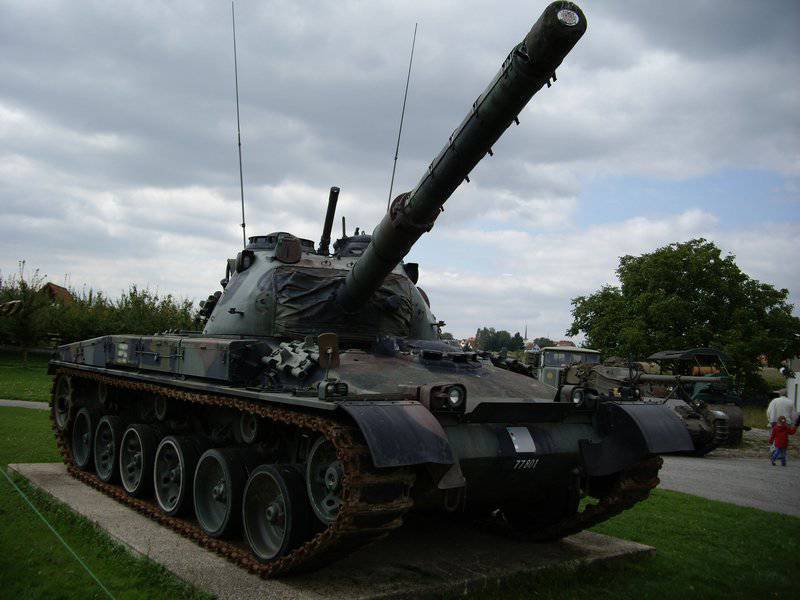
Panzer 68
The main changes in the new design were wider tracks, a two-plane gun stabilizer, a ballistic computer, a gunner's night IR sight, the replacement of a paired 20 mm gun with a machine gun, 30 additional “horses”, 5 km to speed and a couple of tons of additional weight. The first prototype tanks were launched in the 1968 year, and production continued in four batches from 1971 to 1984. Total 400 made copies. The car was frankly an old candy in a new wrapper. Although the new fire control system and improved capabilities for detecting the enemy added combat power, the tank is outdated morally.
The novelty could "boast" a whole host of technical problems. The problems are so idiotic and unconvincing that the Swiss army tried to hide them from the public. And, instead of correcting the mistakes, they were successfully hushed up until the 1979 year, when the local popular weekly Weltwoche published an expose article. News shocked the public (and almost every man there is a military man and knows a lot), led to the terrible scandal and the resignation of the Defense Ministry Rudolf Gnezhi. The article described in detail the problems with 8 that had been in service for years as a tank, many of which were very dangerous, and all of them together made the vehicle unsuitable for combat in any of the hypothetical conflicts of the Cold War.
For example, for the sake of excitement, the Pz68 could not back up until it completely stopped. New gearbox "6 forward-6 back" did not allow this. And if this is the norm for city cars, it’s not for a combat vehicle. Many of the potential opponents of 68 were able to do this. For T-62 it was not difficult to pull back in the run, but the Swiss could not, which in battle could make life very difficult. Another problem is the lack of protection against weapons of mass destruction. The tank was not tight. Apply suddenly the enemy poisonous substances crews Pz68 would fall into a big mess. Of course, personal gas masks to some extent solved the question, but is it convenient to fight with a tank in a gas mask? Criticism caused ejector barrel. Powder gases persistently fell inside the fighting compartment, so that gas masks came in handy and without the impact of the enemy.
These shortcomings may seem childish, compared with the other two, truly unique and inherent only in the Swiss product. The first - the inclusion of the heater was able to cause spontaneous fire from the main gun. And all because the control circuit of the stove and the gun were on the same board. If the crew of the tank wanted to warm up, then this desire immediately made the car in front of you, much hotter. And even if there were no accidents, it was just the case. Be that as it may, the Swiss engineers made a “childish” mistake and no one warned her at the design stage. Of course, then everything was fixed, but over the years of operation for 8, they did not even think about it. The second, a radio station operating at maximum power, entered into a mysterious wave connection with the tower control unit and, while the connection was working, the turret was moving randomly, unpredictably and uncontrollably. Well, this fact for such a long combat service could at least intrigue the field crew, but no, everything is as it should be.
After careful analysis and appointment of several special commissions, only significant 50 problems were found, and the Minister of Defense finally admitted that the tank was not operational. It took several years of hard work "on the bugs" until the car was declared ready for service. All this, of course, was associated with considerable expenses and public discontent. The image of Switzerland as a manufacturer of military equipment also suffered greatly. When the neighbors found out about the fiasco, Austria, which planned to purchase 400 Pz68, immediately abandoned preliminary agreements in favor of the American М60 Patton, which did not move the towers using the radio, and did not shoot in the air if the crew suddenly froze. Switzerland itself decided to equip itself with new West German Leopard 2 and in the 80-x 68-s began to gradually withdraw to the reserve. Just when they were finally brought to mind. A curtain.
The only joy the leadership of Switzerland from owning its own MBT was the sale in the late 90-s of two hundred modernized Panzer 68 Thai army. The last tanks were written off and sent for scrap in 2005. Several cars have settled in museums and private collections. Many of them on the go.
In addition to tanks directly, 68-based Brückenpanzer 30 (used up to 68 of the year) and 2011 units of the Entremnungspanzer 69 BREM (in the 65 range) were developed and built on the basis of 2008. There were also prototypes of the 155 mm self-propelled Panzerkanone 68 and 35 mm Fliegerabwehrpanzer 68 anti-aircraft guns, but this technique was not allowed into the series.
Sources used:
http://en.wikipedia.org/wiki/Panzer_61
http://en.wikipedia.org/wiki/Panzer_68
http://www.militaryfactory.com/armor/detail.asp?armor_id=666
http://www.militaryfactory.com/armor/detail.asp?armor_id=668
http://ftr.wot-news.com/2014/05/28/swiss-tanks-part-1/
http://bronay.ru/bronetexnika-shvejcarii/swiss-tank-pz-61.html
http://bronay.ru/bronetexnika-shvejcarii/tank-pz-68.html
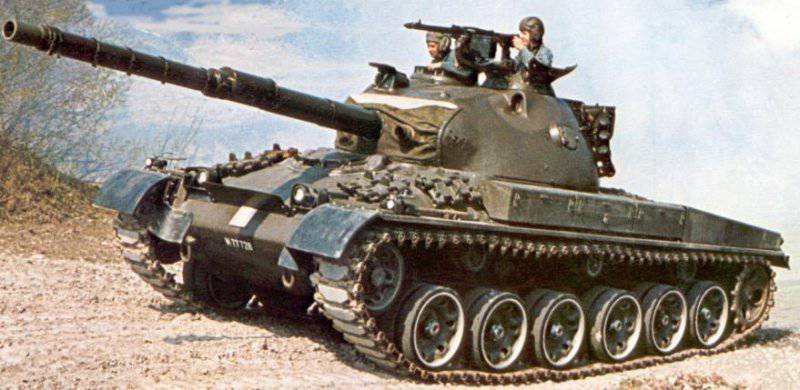
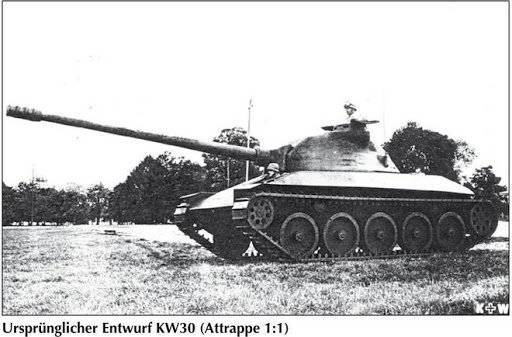
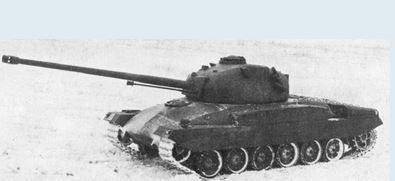
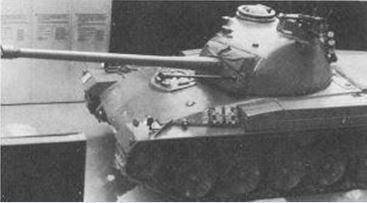
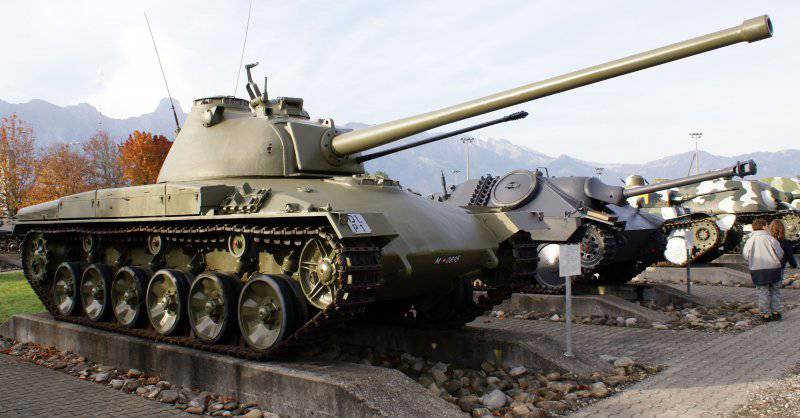
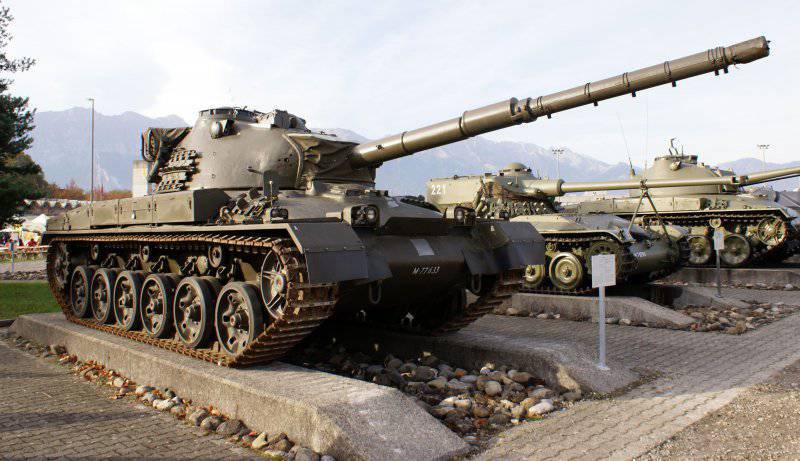
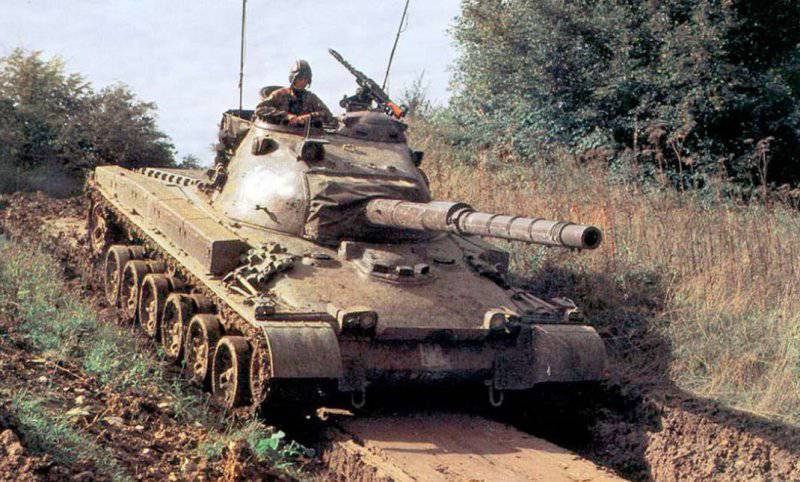
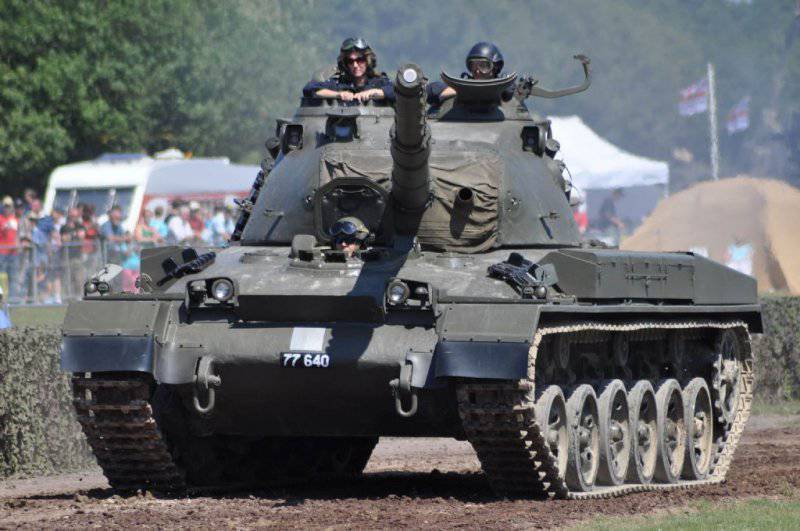
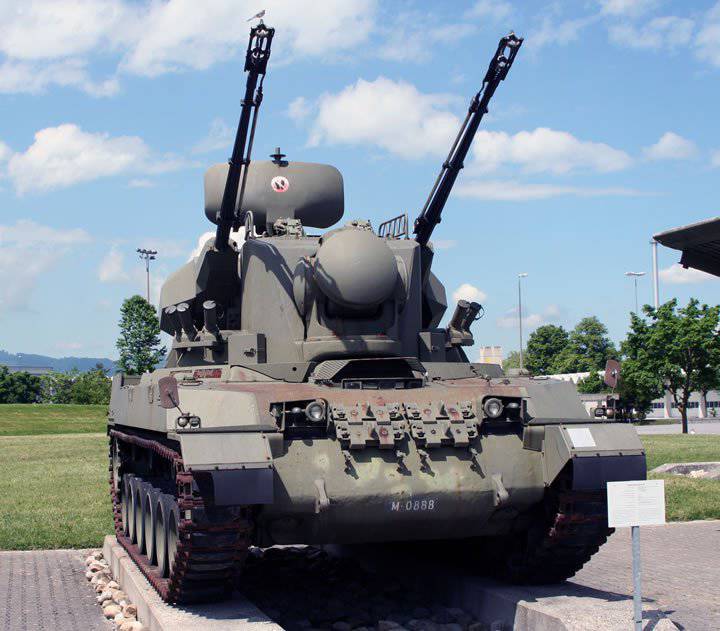
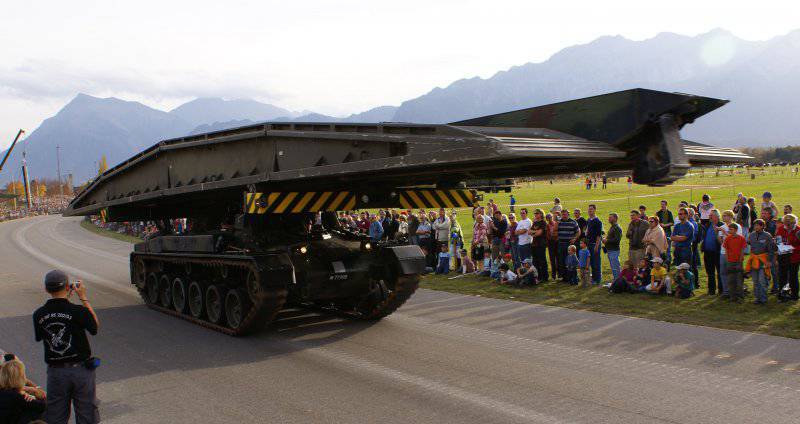
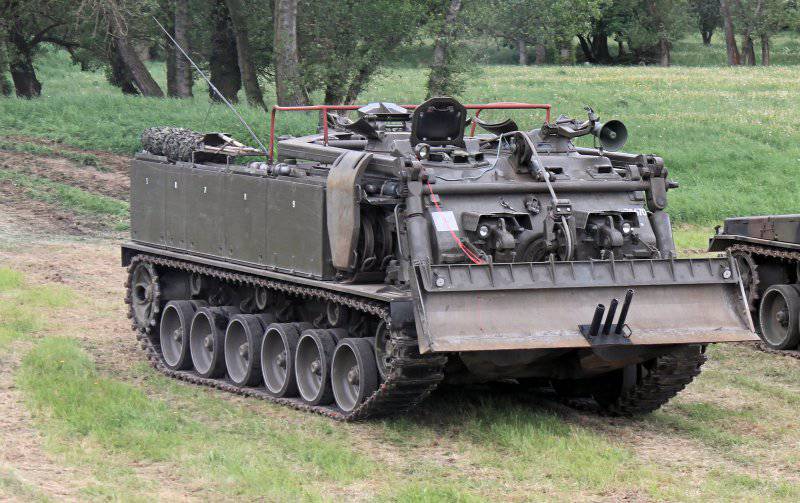
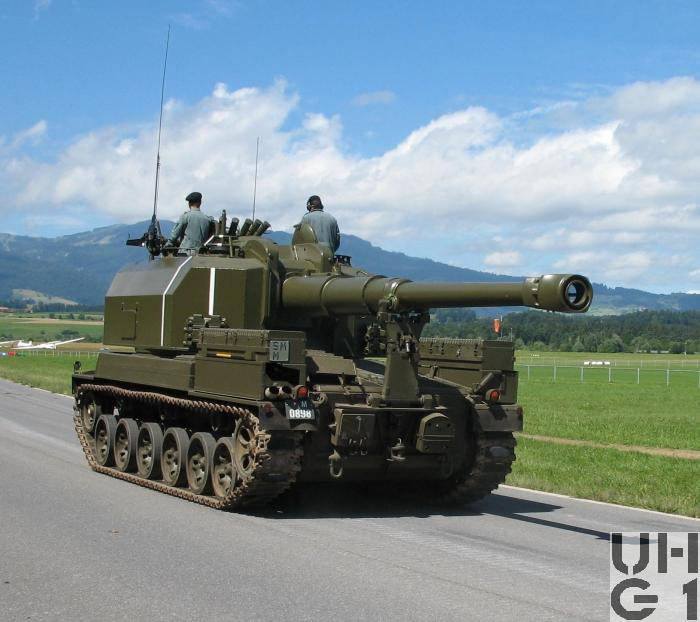
Information